You can contact LEARNZ, part of CORE Education, at:
Postal Address:
PO Box 13 678,
Christchurch 8141,
New Zealand
Kia ora koutou,
After such a successful day catching kōkako yesterday you were able to enjoy a more leisurely start today. You headed back out to Pureora Forest to find out how this area is being protected.
This forest has been protected from logging since 1978 but until introduced predators such as ships rats and possums were controlled, kōkako struggled. Thankfully the predators in this forest are now controlled so kōkako numbers have increased from 14 pairs to nearly 100 pairs in less than ten years.
Clare St Pierre is the chairperson of the Pirongia Te Aroaro o Kahu Restoration Society and along with many other volunteers has worked to reduce the number of introduced predators on Mount Pirongia. Clare had come to Pureora to help Dave with catching kōkako and she talked to you about how predators can be controlled. Clare showed you a bait station where poison is placed. This poison is made into pellets that taste good to pests such as rats and possums. Beginning in 2006 a grid of bait stations was set up on Mt Pirongia. This grid is maintained by community volunteers over the spring to protect nesting birds from rats and possums. Along with aerial drops of 1080 and trapping, these bait stations have helped reduce the numbers of possums and ship rats so much that the restoration society was able to bring kōkako back.
Controlling predators takes lots of hard work and this work is never finished. Ongoing control is needed, and numbers must be monitored. Clare showed you how they use tracking tunnels to find out what’s living on the forest floor. These tunnels have a card inside them partly covered with ink so that when animals cross the ink they leave their footprints on the card. This helps people to identify what is living in an area. Peanut butter is used to attract animals into the tracking tunnel. This method allows people to see what predators live in the area and it also gives an idea of how many predators there are. Tracking tunnels have been placed on Pirongia and in Pureora to monitor predators. You can find out more by watching the video.
Once predator numbers are controlled kōkako are much more likely to be able to raise their chicks successfully, so numbers can quickly increase. Kōkako also need enough food to keep them going. Dave showed you some of the plants that kōkako like to eat during winter when there’s less fruit and insects around. Kōkako can eat around 80 different species of plants. These plants are found in old broadleaf podocarp forests such as the forest at Pureora and Pirongia. Other pests such as goats and deer can eat these plants, so it is important to not only control predators but also to control these pests. You can find out more about the perfect habitat for kōkako in the videos.
You left Dave and his team of volunteers to track kōkako so that you could head back to Pirongia to catch up with students from the local school. As you walked into the school you quickly realised how important Mount Pirongia is to this community. The school moto is Together we climb Pikia to tatou maunga and the students we spoke to all talked about how much they enjoyed spending time on the mountain. You spoke to Kayden and Alisa who have been learning about kōkako. They had never seen a kōkako until they helped release one on Friday and were surprised by how big these birds are. After getting so close to these birds they are keen to do everything they can to help them and to keep their maunga healthy. You too could get involved in conservation projects in your area. Planting natives, trapping predators, clearing rubbish and learning about what lives in your area are all ways you can help your environment.
It was then time to meet up with Clare again and talk to North Street School during the web conference. They had some excellent questions and were interested in the South Island kōkako which has not been seen for many years and may be extinct. You can find out more by listening to a recording of this web conference. You ended the day with a visit to Manaaki Whenua Landcare Research in Hamilton. John Innes is a scientist who works here and knows a lot about kōkako. Back in the 1980s and 90s John helped show that ship rats and possums were eating kōkako eggs and chicks. He showed you some of the broken eggs found at nest sites and rat pooh which was proof that these predators were responsible. It was really sad to see so many containers of broken eggs. At least now we have the knowledge to help these birds. You can find out more by watching the video.
Tomorrow you will be welcomed on to Purekireki Marae and find out how iwi have been involved in bringing kōkako back to Mount Pirongia.
See you then,
Shelley the LEARNZ field trip teacher.
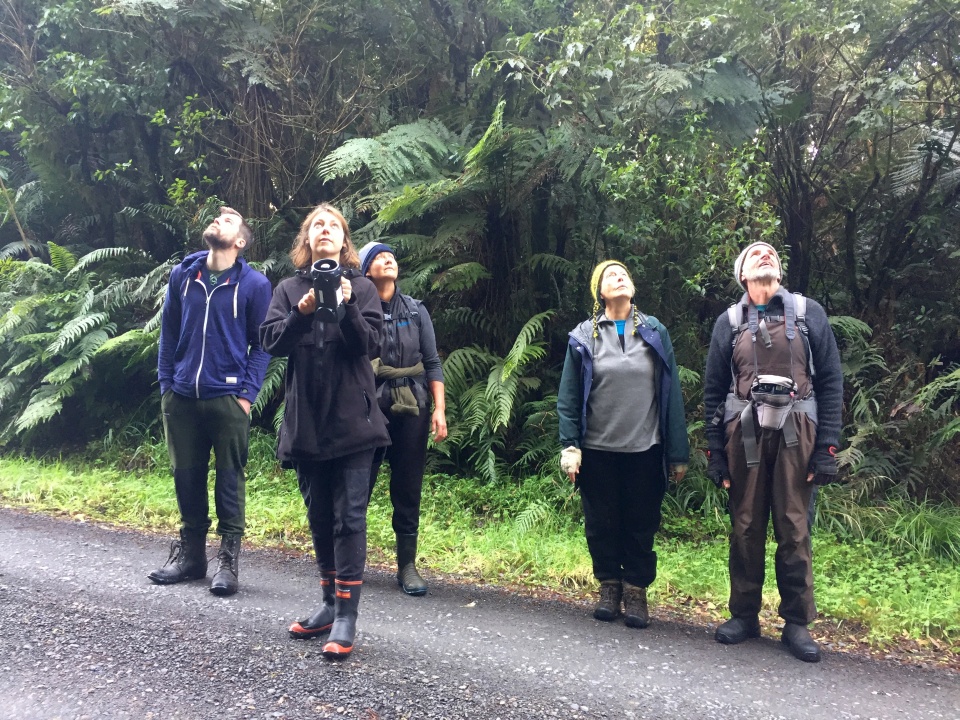
Amanda, Dave and volunteers try to find a responsive kōkako by playing a recorded kōkako call. Image: LEARNZ.
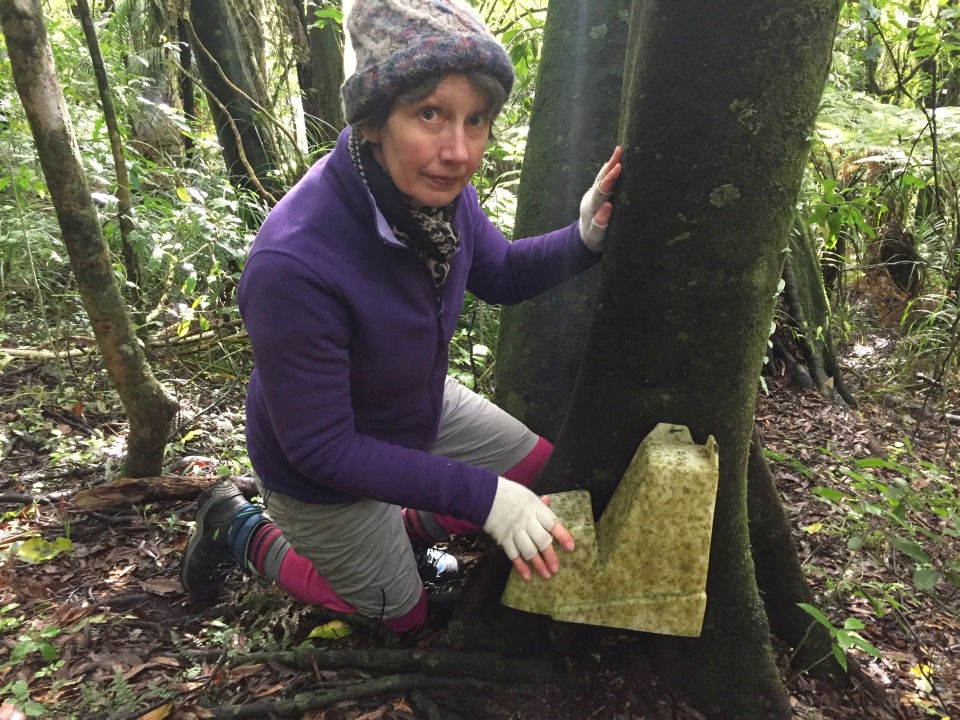
Clare shows you a bait station which is filled with poisonous bait to kill predators such as ship rats and possums. Why is it important to control the numbers of these introduced predators? Image: LEARNZ.
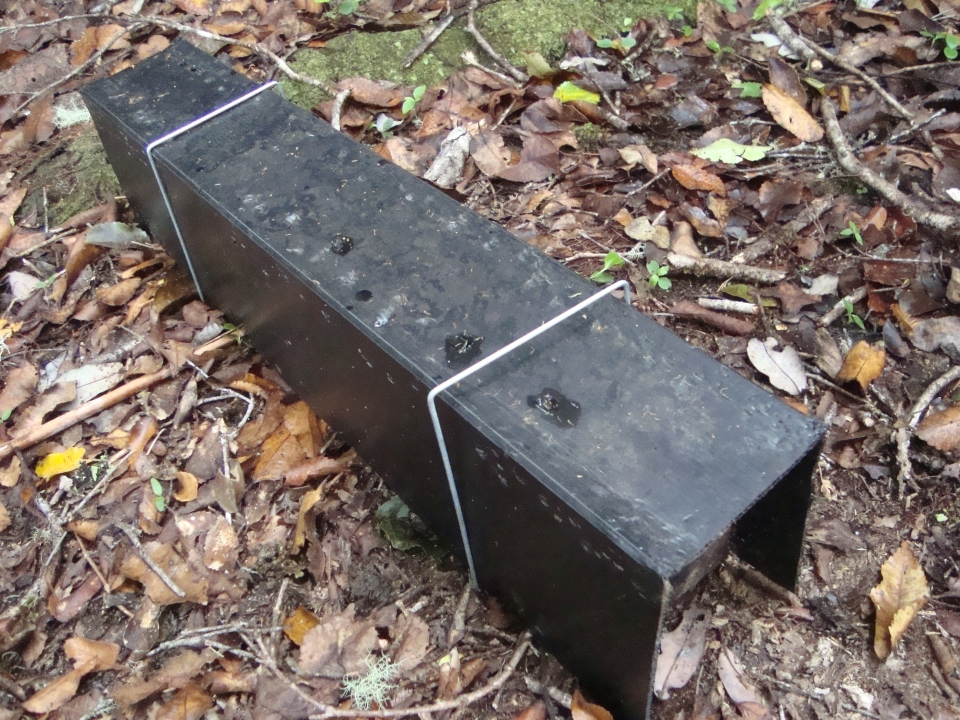
This is a tracking tunnel which animals can leave their footprints in when they crawl through. How does it work? Image: LEARNZ.
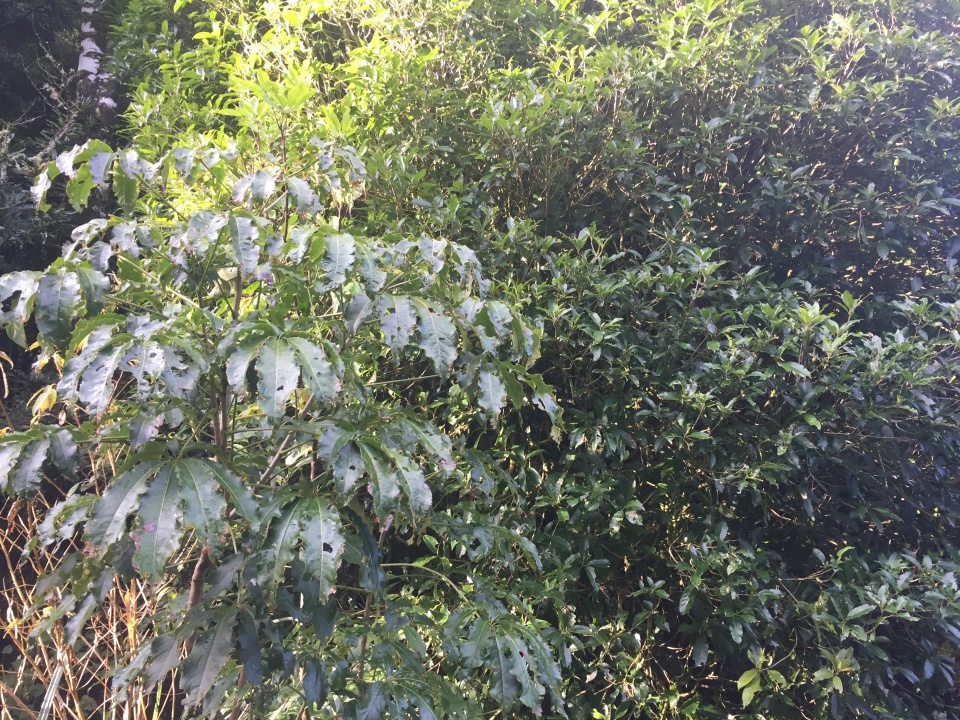
This five finger tree is one of the many plants that kōkako like to eat. Image: LEARNZ.
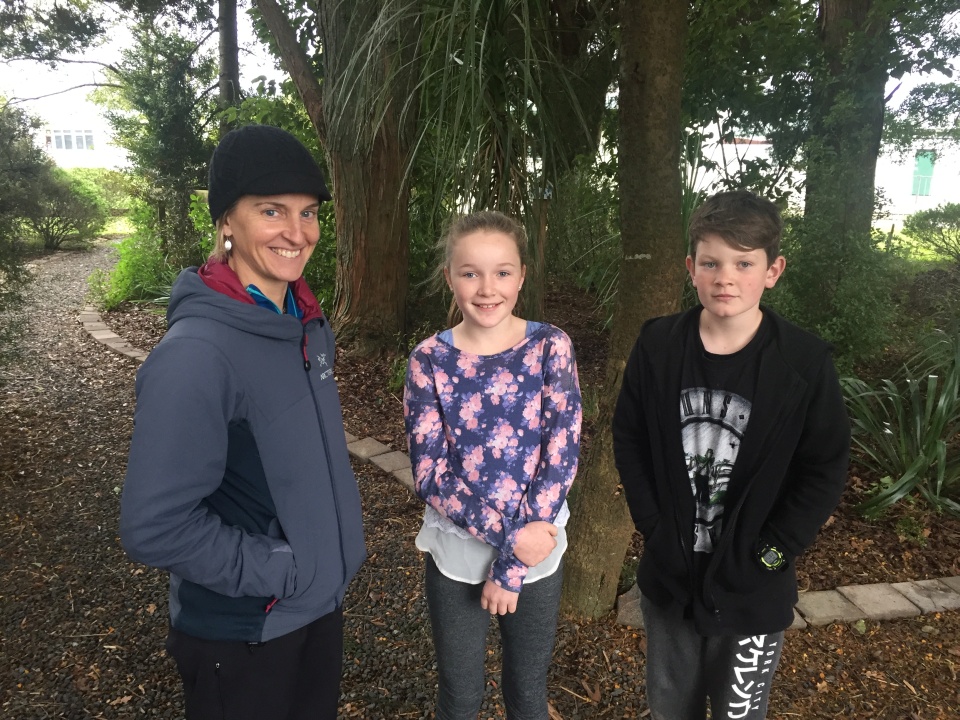
Shelley meets Alisa and Kayden from Pirongia School who helped release kōkako on their maunga. Image: LEARNZ.
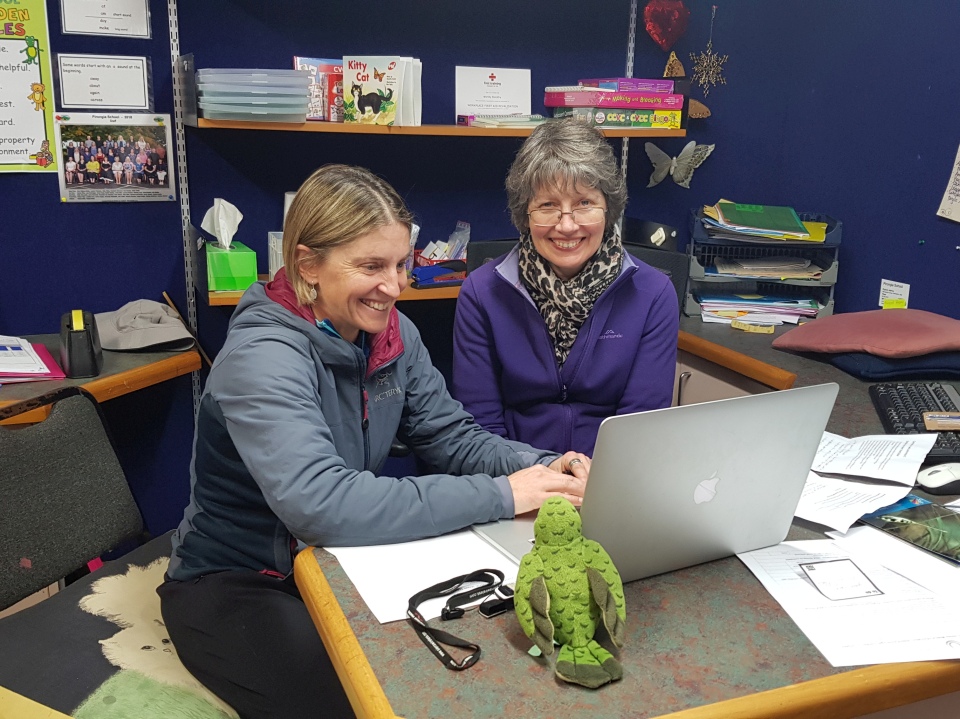
Shelley and Clare talk to students from North Street School during today's live web conference. Image: LEARNZ.
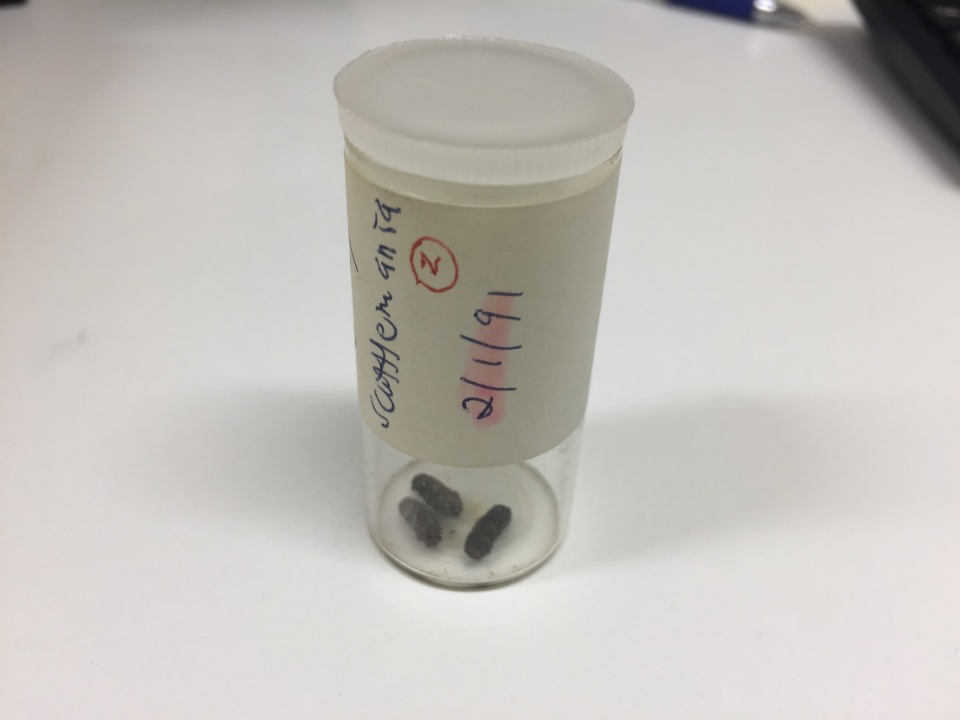
Scientists studied kōkako nests and found rat pooh in nests where eggs or chicks had been eaten which showed that rats were responsible. Image: LEARNZ.
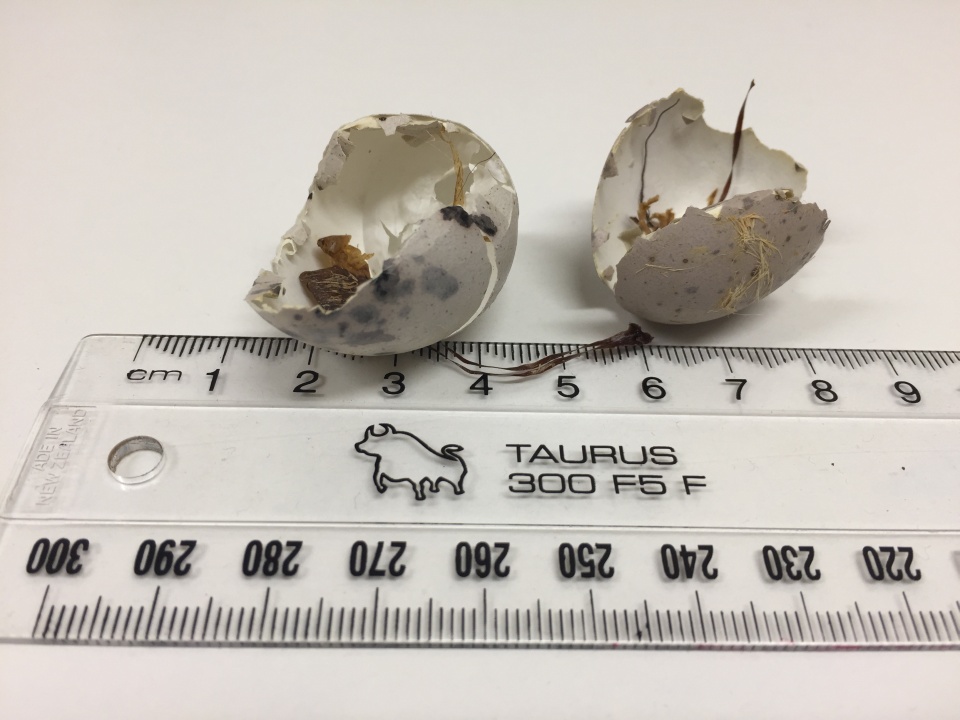
Scientists also collected and studied the egg shells from kōkako nests to see what had been eating the eggs. Image: LEARNZ.